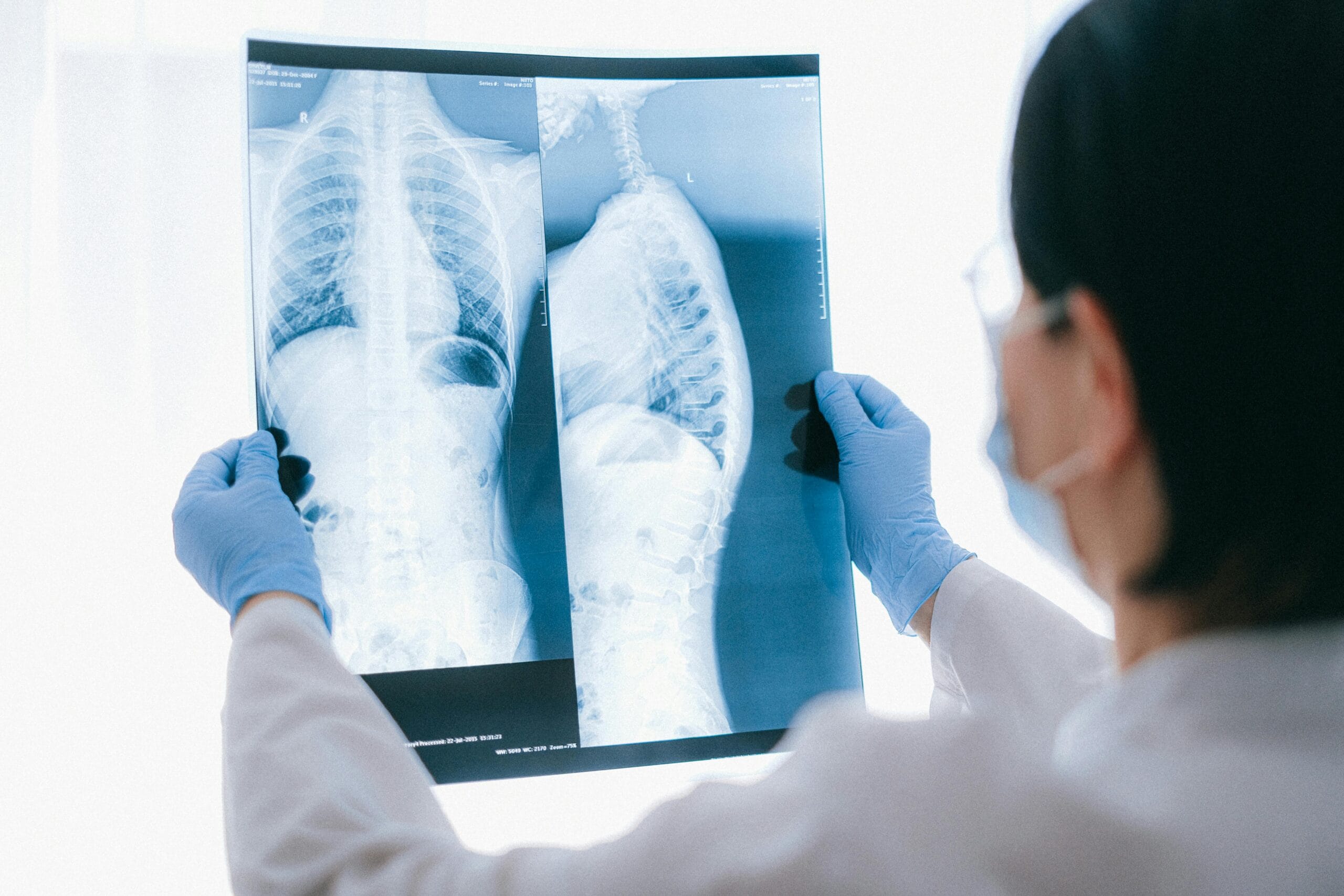Chronic Obstructive Pulmonary Disease (COPD) is a progressive respiratory condition that makes it harder for air to pass through the lungs, making breathing increasingly difficult. While there is no cure, treatments can control symptoms, slow the progression of the disease, and improve quality of life.
In this article, we’ll explain what COPD is, its symptoms, causes, risk factors, methods of diagnosis and treatment, as well as share curiosities and recent advances in the field.
What is COPD?
COPD is a term that mainly encompasses two conditions: chronic bronchitis and pulmonary emphysema.
Chronic bronchitis: persistent inflammation of the bronchi, with excess mucus and productive cough.
Pulmonary emphysema: destruction of the lung alveoli, which reduces the available area for gas exchange.
Both cause airflow obstruction and impair the transport of oxygen throughout the body.
COPD symptoms
COPD symptoms progress slowly and are often mistaken for aging or other respiratory illnesses. The most common signs include:
Shortness of breath (dyspnea), initially during exertion and, over time, even at rest
Chronic cough, often with phlegm
Wheezing
Fatigue and excessive tiredness
Frequent respiratory infections
Involuntary weight loss in advanced stages
Disease progression can lead to exacerbation episodes, when symptoms suddenly worsen and require immediate medical attention.
Causes and risk factors
The main cause of COPD is prolonged exposure to irritants that damage the lungs. The most important risk factor is smoking, responsible for about 85% of cases.
Other factors include:
Occupational exposure to dust and chemicals
Air pollution
Smoke from wood or coal used for cooking or heating
History of frequent respiratory infections in childhood
Genetic factors, such as alpha-1 antitrypsin deficiency (rarer)
Diagnosing COPD
Diagnosis is based on clinical evaluation and confirmed by tests that measure lung function, the most important being spirometry. This test measures the amount of air a person can exhale and the speed of that exhalation, helping to determine the severity of the obstruction.
Other tests that may be ordered include:
Chest X-ray or CT scan
Arterial blood gas analysis
Laboratory tests to rule out other diseases
COPD treatment
While there is no cure for COPD, treatment can control symptoms and improve quality of life. The main approaches include:
Smoking cessation
Stopping smoking is the most important measure to halt disease progression.Bronchodilator medications
Help relax the muscles in the airways, making it easier for air to pass.Inhaled corticosteroids
Reduce lung inflammation and may be used together with bronchodilators.Oxygen therapy
Indicated in advanced cases when there is a significant drop in blood oxygen saturation.Pulmonary rehabilitation
A program combining exercise, breathing training, nutrition, and psychological support to improve functional capacity.Surgical treatments
In selected cases, lung volume reduction surgery or lung transplantation may be performed.
Possible complications
If left untreated, COPD can lead to serious complications such as:
Chronic respiratory failure
Pulmonary hypertension
Right-sided heart failure (cor pulmonale)
Recurrent pneumonia
For this reason, regular medical follow-up is essential.
Preventing COPD
The main preventive measures include:
Not smoking and avoiding secondhand smoke
Using protective equipment at work when exposed to dust or chemicals
Reducing exposure to pollution and household smoke
Keeping vaccinations up to date (such as flu and pneumococcal vaccines) to prevent respiratory infections
Curiosities, myths, and scientific advances about COPD
💡 Curiosity:
COPD is the third leading cause of death from non-communicable diseases worldwide, behind only cardiovascular diseases and cancer.
❌ Myth:
“If I quit smoking after years, it won’t make a difference.” — Not true. Quitting smoking at any stage of the disease slows its progression and improves symptoms.
✅ Fact:
Spirometry can detect COPD even before significant symptoms appear, allowing for early intervention.
🧪 Scientific advance:
Recent research is exploring new biological therapies capable of reducing inflammation and regenerating damaged lung tissue—something until recently considered impossible.
🫁 Applied technology:
Portable respiratory monitoring devices are helping patients detect exacerbation episodes early, reducing hospitalizations.



